A step-by-step recipe, including a full video, on how to make mini croissants at home using simple ingredients.

Published: November 27, 2024 by Pamela
This post may contain affiliate links. Please read our disclosure policy.
There’s nothing quite like the smell of freshly baked croissants wafting through your kitchen. Buttery, flaky, and irresistibly golden, croissants are a classic pastry loved around the world. While they might seem intimidating to make, I promise this easy croissant recipe is beginner-friendly and totally worth it. I used this recipe to make mini croissants, but you can adjust the size to suit your preference.
Now before we dive in, I want you to know that this recipe requires to chill in the fridge overnight, so if you’re in a rush it might not be the recipe for you. Although most recipes require the dough to chill overnight, I will be trying to find a recipe that is ready the same day. But, for now, I’ll share my classic croissant recipe with you!
Understanding the Ingredients:
- All-Purpose or Bread Flour:
The foundation of croissants, flour provides the structure needed for these flaky pastries. Bread flour has a slightly higher protein content, which creates a chewier texture, while all-purpose flour works well for a softer bite. Both options give excellent results, so use what you have on hand. - Granulated Sugar:
Sugar adds a touch of sweetness to the dough and enhances browning during baking. It also helps feed the yeast, supporting the dough’s rise.Active Dry Yeast:
This key ingredient is responsible for leavening the dough, creating those signature airy layers. Always activate your yeast in warm water or milk (around 110°F/43°C) to ensure it’s alive and ready to work its magic. - Unsalted Butter:
Butter is the star of croissants! It creates the rich, flaky layers that make croissants so irresistible. Using unsalted butter allows you to control the overall saltiness. Ensure your butter is pliable yet firm for easy lamination without breaking or melting.

Common Questions I Get Asked:
- Can I use instant yeast instead of active dry yeast?
Yes, you can substitute instant yeast for active dry yeast in this recipe. Since instant yeast doesn’t need activation, you can skip the step of mixing it with warm water or milk and add it directly to the dry ingredients. - Why do I need to refrigerate the dough overnight?
Refrigerating the dough allows the gluten to relax, making it easier to roll out. It also lets the flavors develop for a more complex taste. The cold dough also helps keep the butter layers intact during lamination. - What thickness should the butter layer be?
The butter should be about 1/4 inch (6mm) thick and evenly distributed. This ensures it creates uniform, flaky layers when laminated with the dough. - How do I know if my dough is ready after kneading?
The dough is ready when it’s smooth, elastic, and no longer sticky. A quick test is to gently press your finger into the dough; if it springs back, it’s ready. - My butter is leaking during lamination. What went wrong?
This can happen if the butter is too soft or the dough is too warm. Always keep the dough and butter cold during the lamination process. If the butter starts to melt, refrigerate everything before continuing. - Can I make these croissants bigger instead of mini-sized?
Absolutely! Adjust the triangle size when cutting the dough. Larger croissants will need slightly more time in the oven, so watch for that golden brown finish. - Can I freeze the croissants?
Yes! You can freeze the unbaked croissants after shaping them. When ready to bake, let them thaw and rise at room temperature for about an hour before baking. - Why does my croissant dough keep springing back when rolling?
This happens when the gluten in the dough is too tight. Let the dough rest for a few minutes before rolling again to make it easier to work with.
If you tried this recipe, be sure to leave a rating and share your thoughts in the comments below. I’d love to hear your feedback!

Croissant Recipe
Ingredients
- 250 g All-purpose or bread flour
- 20 g Granulated sugar
- 6 g Active dry yeast
- 175 ml Warm water or warm milk
- Pinch Salt
- 125 g Unsalted butter
- 1 Egg + 20ml milk (for egg wash)
Instructions
- Combine the flour, sugar, and salt in a large mixing bowl.
- In a separate bowl, mix the warm water or milk with active dry yeast. Cover and let it sit for 10 minutes until frothy.
- Add the yeast mixture to the dry ingredients. Mix on low for 2 minutes, then increase to low-medium speed and mix for 5 minutes. The dough should be smooth and not sticky.
- Knead the dough by hand for a few minutes, then cover and allow it to rise for at least 1 hour.
- Transfer the dough to a piece of parchment paper. Roll it out gently, then cover and refrigerate overnight.
- Prepare the butter square by cutting even pieces of butter. Place them next to each other on parchment paper, fold the parchment over to encase the butter, and roll it into an even square (about 1/4 inch thick).
- Take the chilled dough and roll it into a square. Place the butter square diagonally on the dough (like a diamond in a square), and fold the edges of the dough over the butter to encase it.
- Dust with a little flour and roll the dough into a rectangle. Fold the rectangle: bring one end to 3/4 of the way and the other to 1/4, then fold in half. Wrap and refrigerate for 1 hour.
- Roll out the chilled dough into a thin rectangle. Cut triangles for croissants (one side should be twice the size of the opposite side for proper shaping).
- Stretch each triangle slightly and roll from the wider end to the tip to form croissants.
- Place croissants on a baking tray lined with parchment paper. Cover and let rise for 1 hour at room temperature.
- Brush the croissants with egg wash and bake in a preheated oven at 350°F (165°C) for 12-15 minutes or until golden brown on top.
Video
Notes
- Nutrition info is estimated and may vary based on ingredients and portions. For the most accurate details, consider using a nutrition tool or checking our full Nutrition Information Disclaimer.
Nutrition
Recipes You Will Love:
- Easy Cinnamon Roll Cookie Recipe
- How to Make Homemade Butter in Just Minutes
- The Only Easy Homemade Marshmallow Recipe You’ll Ever Need
Tips To Make The Best Croissants at Home:
- Use Cold Butter:
Keep your butter cold but pliable. This helps create those signature flaky layers without the butter melting into the dough during lamination. - Chill the Dough Properly:
Don’t skip the refrigeration steps. The resting time helps relax the gluten and keeps the butter layers intact. - Avoid Overworking the Dough:
Handle the dough gently and as little as possible to maintain its texture and prevent the butter from softening. - Maintain Even Thickness:
When rolling out the dough and butter, aim for consistent thickness. This ensures even baking and beautiful layers. - Check Butter Coverage:
Hold the rolled-out dough up to a light source to check for any thin spots. Patch or adjust as needed to prevent uneven layers. - Experiment with Fillings:
While the classic buttery croissant is delicious, try adding chocolate, almond paste, or even savory fillings like ham and cheese. - Serve Fresh:
Croissants are best enjoyed fresh and warm from the oven. If you have leftovers, reheat them briefly to bring back the crispness.


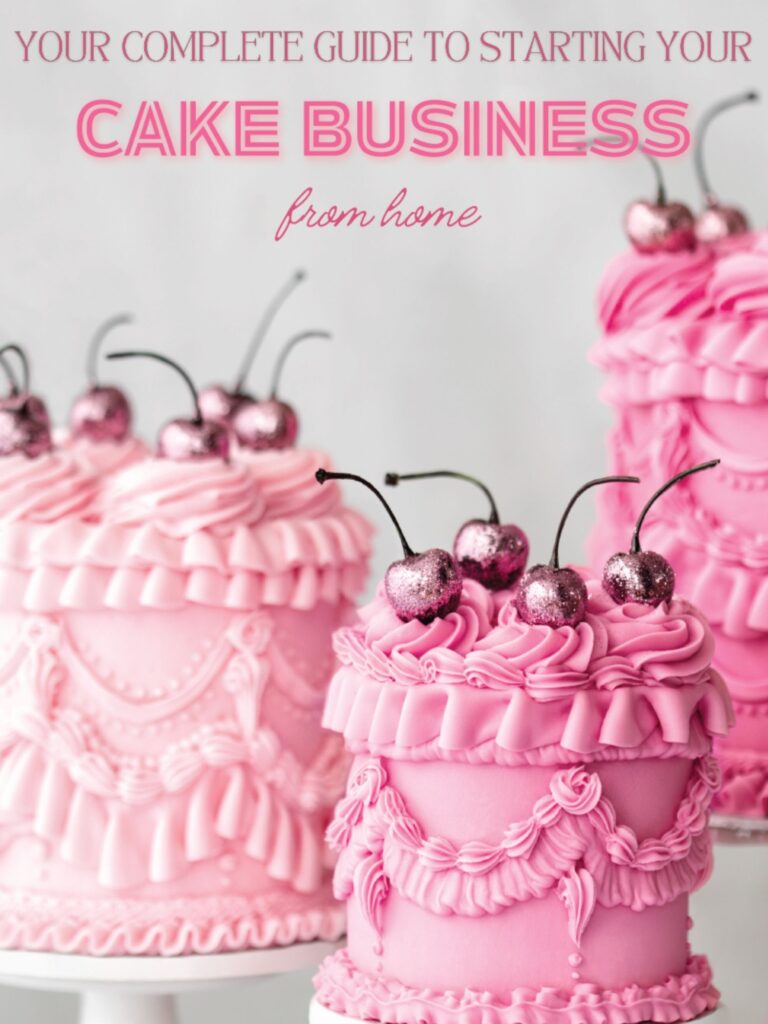
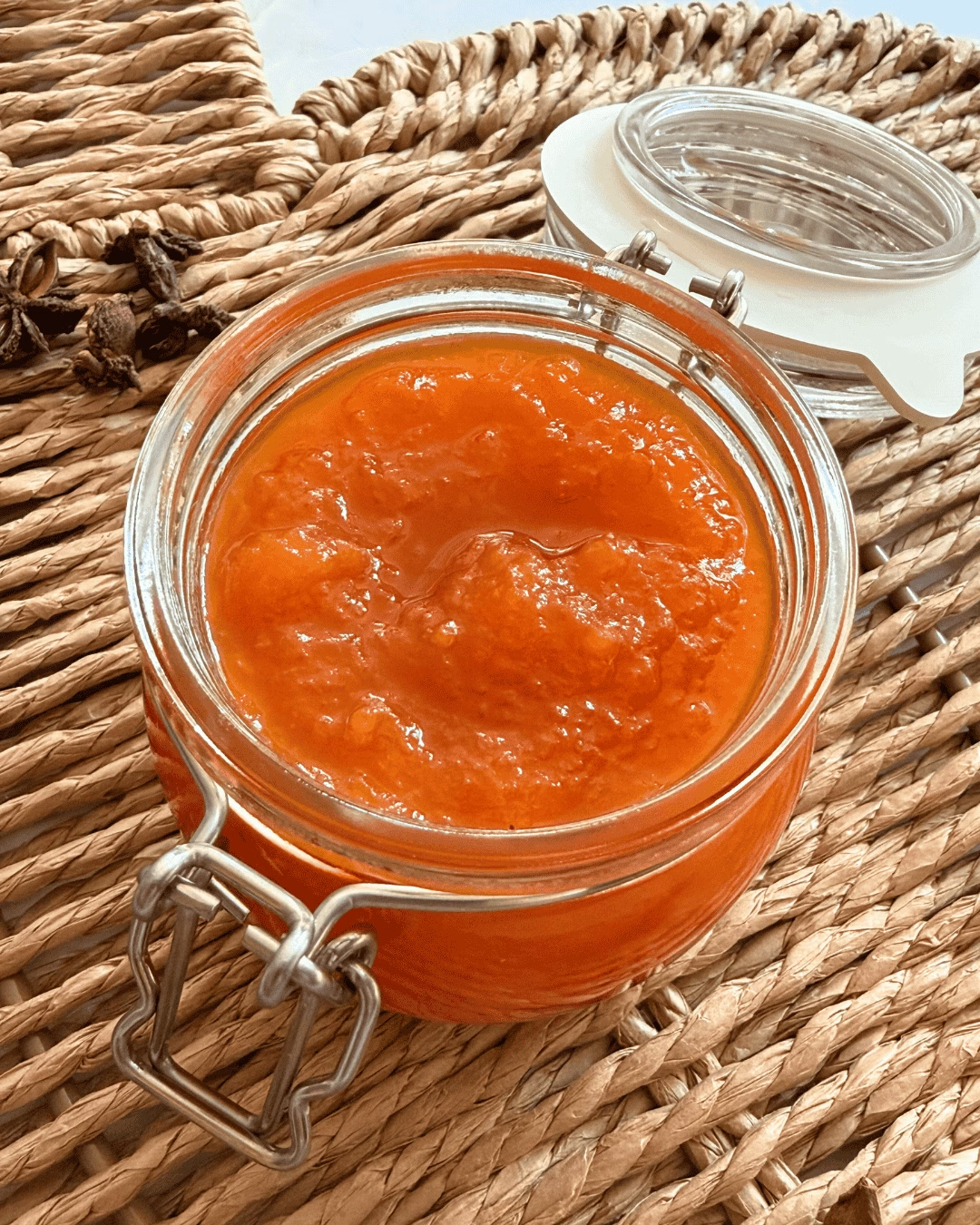
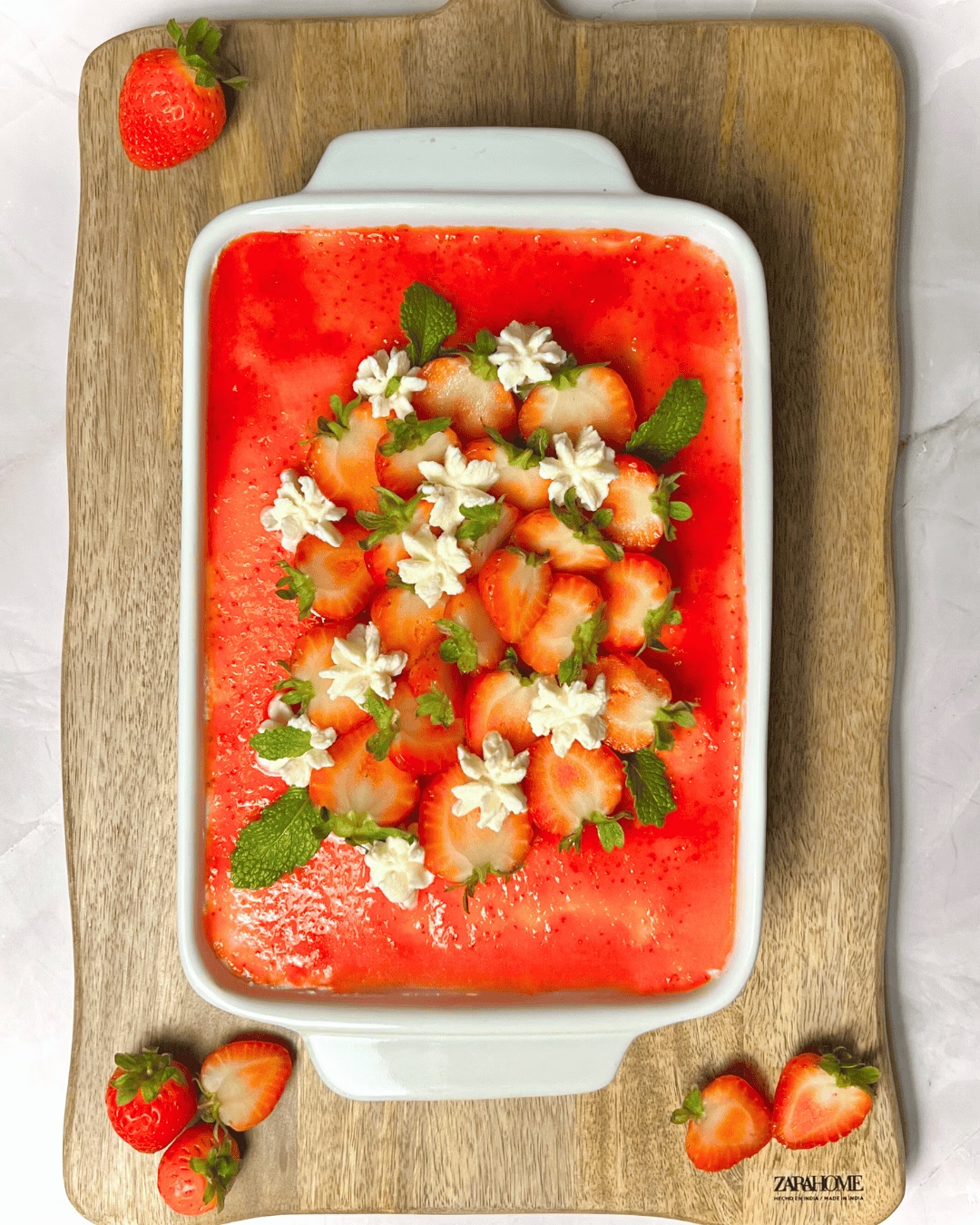
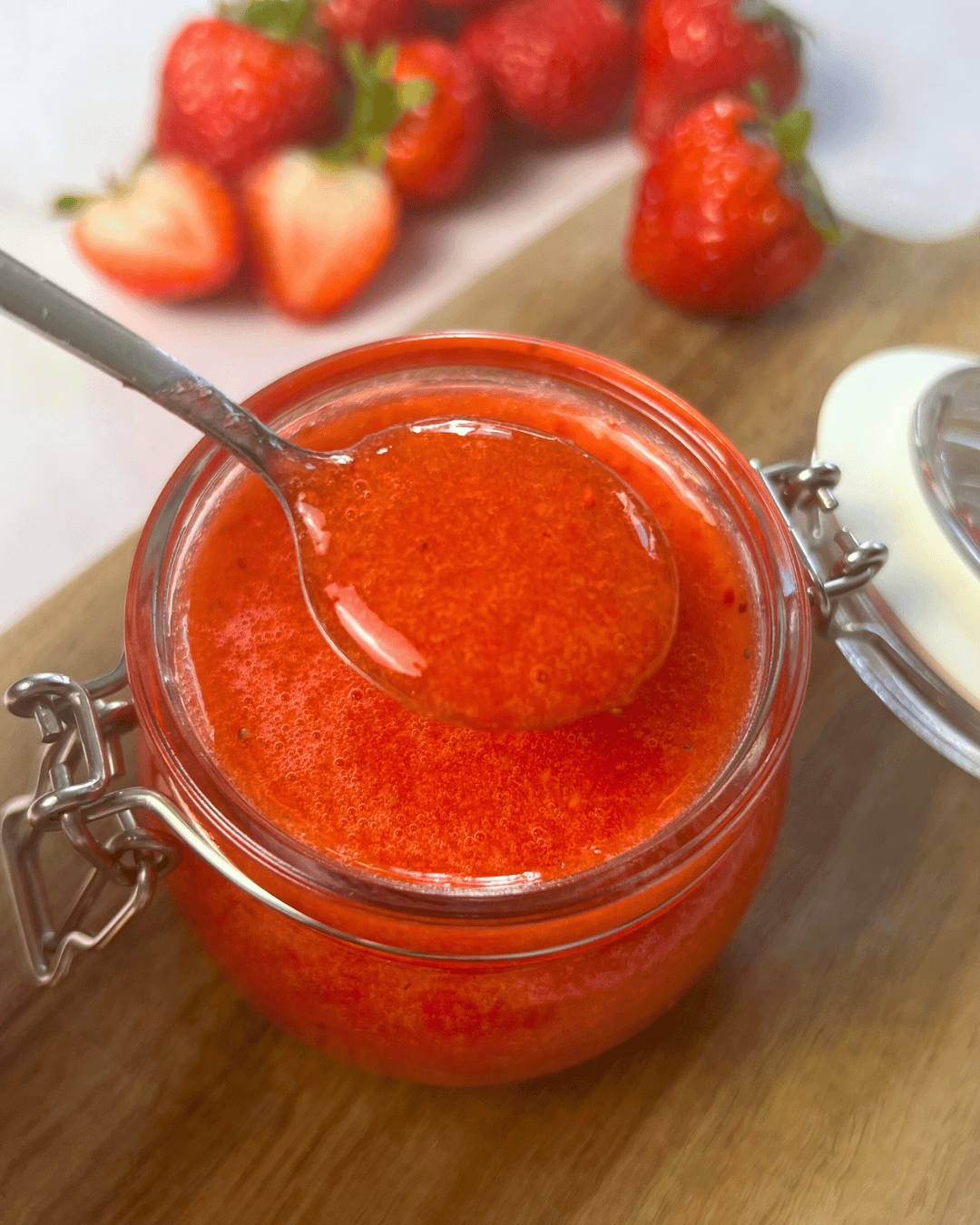
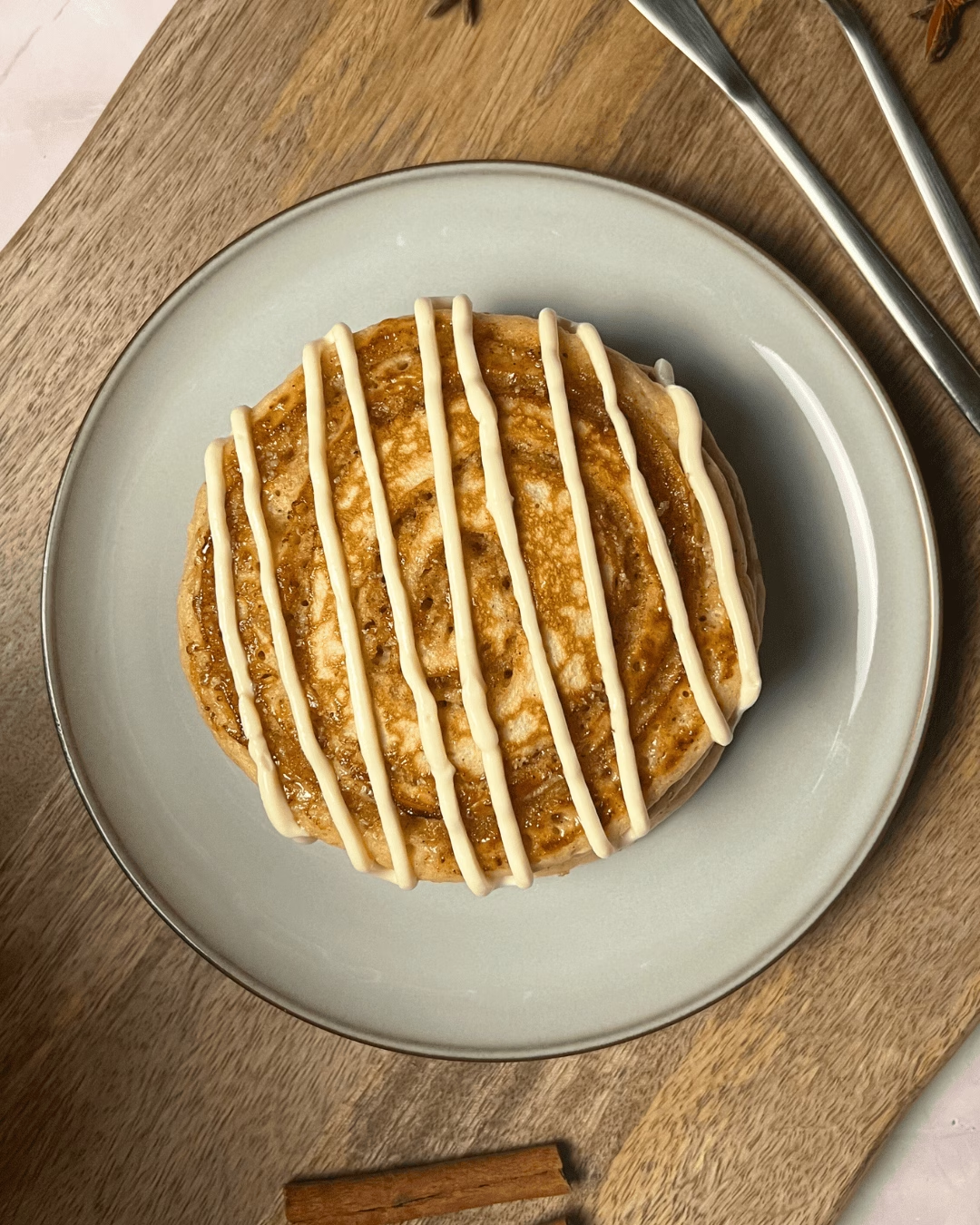
Leave a Reply